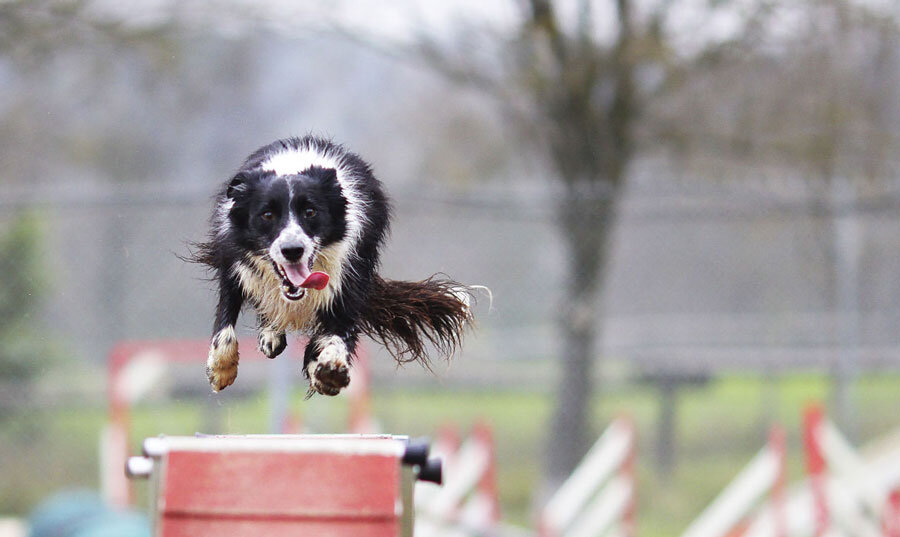Template for verbal cues in dog agility
How to structure your dog agility verbal cues?
In this little booklet you can find templates on how you can structure your dog agility verbal cues. Please note that the template only gives you a starting point for thinking and you should always decide on your cue system yourself. What is perfect for one handler and his dog might not work well for another.
You may download the template as a pdf-file.
Why use verbals?
The speed that modern course profiles enable requires independent skills from the dog. The goal of verbal cues is to give clear information to the dog in time.
When the dog’s understanding grows, he can stay confident, relaxed and enjoy, since aspects such as where the course continues after a jump, won’t surprise him. He knows when to collect and when to lengthen his stride. He knows where to push off and where to land.
Pay attention to phonetics
We want to make agility fair for the dog and using clear verbal cues (after teaching them well) adds fairness, predictability, safety and confidence for the dog. This is why we should take a moment to decide what cues we will teach them.
Make sure to choose cue words and sounds that are easy to separate phonetically. Your dog hears well, but easily distinguished words are part of being fair.
And sometimes there’s a lot of noise in the agility halls and fields, so make the dog’s job easier by choosing cues that are clearly different.
We hope you enjoy the template and it helps you be consistent and fair, and that your dog can then love agility even more than before!
Cues for jumps
| Jump type | The Cue |
| Straight | |
| Wing wrap | |
| Threadle | |
| Threadle wrap (lap turn) | |
| Backside wrap | |
| Backside slice |
Cues for contacts
| Name of the contact/task | The Cue |
| A-frame | |
| Seesaw | |
| Dogwalk |
Cues for directions
| Description | The Cue |
| Directions, system 1 | |
| Slight turn away from me | |
| Slight turn towards me | |
| Tight turn away from me | |
| Tight turn towards me | |
| Directions, system 2 | |
| Slight right turn | |
| Slight left turn | |
| Tight right turn | |
| Tight left turn |
Other cues
| Description | The Cue |
| Weaves | |
| Control (come to the hand) | |
| Go forward (take all the obstacles ahead) |
Summary
We hope you’ll get some ideas from this template and that it helps you form your own system.
Make sure you yourself are clear with what each cue means and then teach it properly to your dog -this is one way to be a great teammate for him.
AgiNotes helps you focus on your dog’s individual needs and celebrate small wins. This way you will take steps towards the best version of you two as a team.






